#this labyrinth is probably metaphorical and constructed specifically FOR and or BY will
Explore tagged Tumblr posts
Text

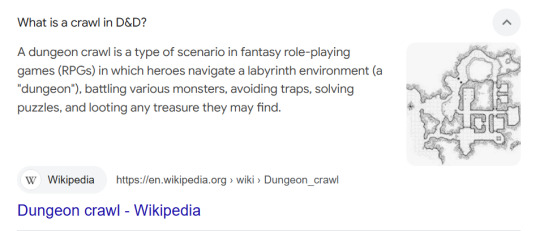


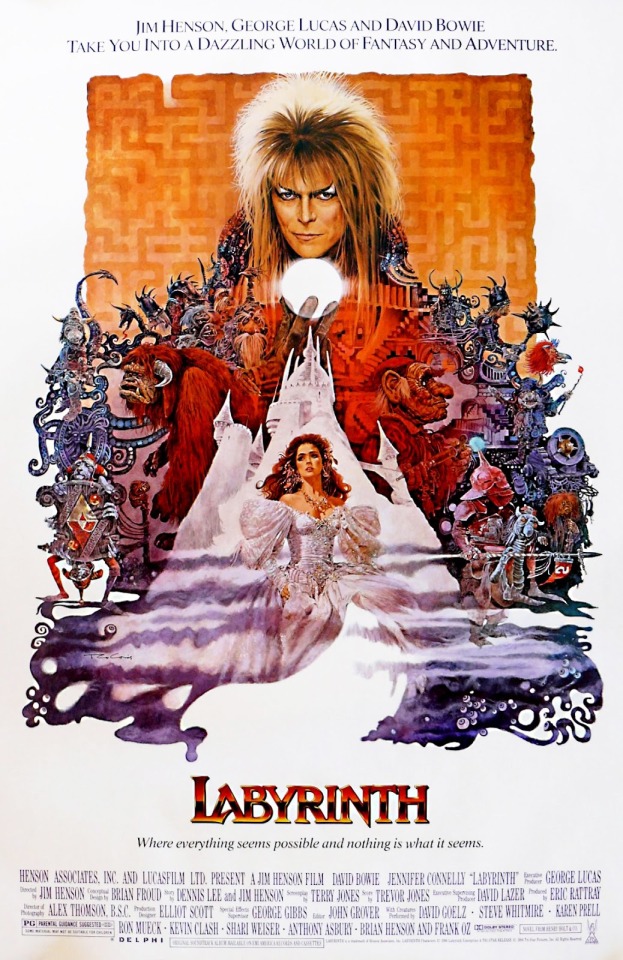
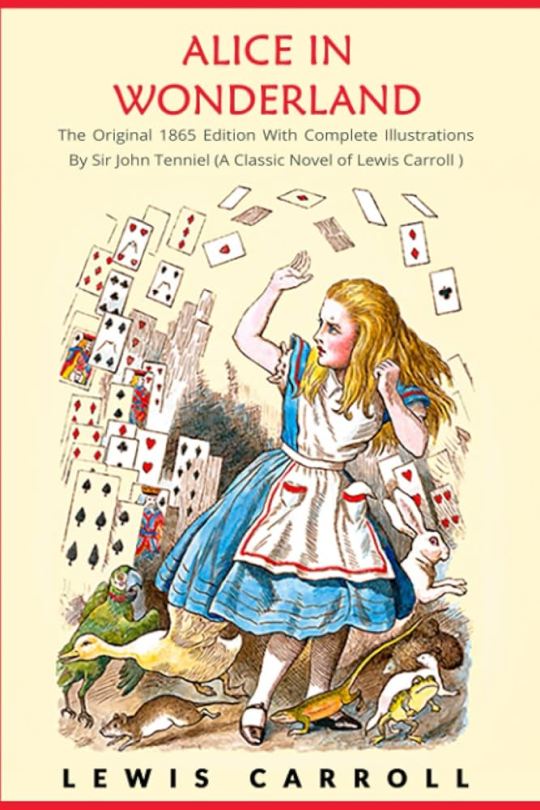


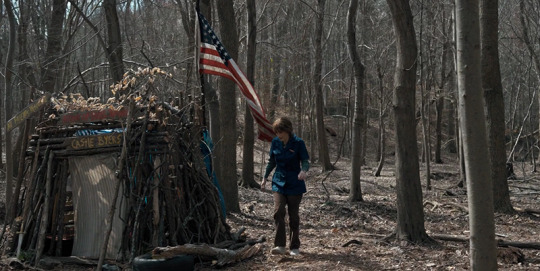
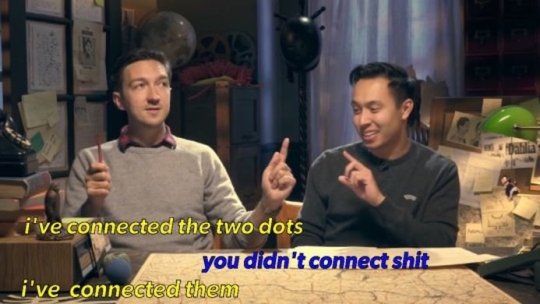
#im building an aesthetic.#i cant explain but i WILL eventually.#will being the quintessential young girl lured into a labyrinth. the fairytale princess. but its dark fantasy#the beast waits in the labyrinth to devour him (UD -> labyrinth obviously)#this labyrinth is probably metaphorical and constructed specifically FOR and or BY will#he's rescued from it before he met his destined end. but the only way out is death and/or through which he hasnt done either#so he keeps getting haunted. he HAS to go through the labyrinth#labyrinths representing spiritual and character journeys one must go through... the symbolism of childhood#all of this commplace in fairytales. all of the stories pictured being directly inspired by eachother#and ALL directly listed on the ST inspiration board.#.....
61 notes
·
View notes
Photo

ON SLIME MOLD & SPATIAL MEMORY / Elvia Wilk
Early 2000s: Toshiyuki Nakagaki placed a few cells of Physarum into a labyrinth with flakes of oatmeal at two ends. The slime quickly foraged the most efficient path between both food sources, finding the shortest route between two points (a job for which humans typically need equations or computational aids)
Nakagaki then tried arranging the oats into an approximation of the geography of Tokyo and surrounding cities; the slime carefully extended itself across the oat-map into a shape remarkably similar to the existing railway network. In fact, unaffected by human bias and politics, Nakagaki says the slime actually may have improved upon the design of the railway system.
What can we learn from a primordial organism about de-centralized cooperation, material problem-solving, and the limits of consciousness?
Contemporary theories of intelligence almost universally rely on the “information processing” metaphor, that is, the idea that the intelligent brain processes data through computational actions like storage, transfer, and retrieval—though this is probably nothing like what brains really do.
Computational intelligence as a metaphor for all intelligence is a historically specific construction, just like theories of mind throughout history, which tend to mirror the most advanced technologies of the time—at various times the brain has been described as a hydraulic system, an electrical circuit, and a set of chemical reactions
Physarum’s spatial memory works not by internal representation, but rather by a physical marking of the very space that is being remembered. If a seemingly simple organism can solve spatial problems through movement, artificial intelligence could conceivably do the same.
Like robotics, infrastructure design has begun to learn from the notion of decentralized, environmentally specific intelligence. Keller Easterling describes the evolution of massive worldwide infrastructure systems: “When the object of design is not an object form or master plan but a set of instructions for an interplay between variables, design acquires some of the power and currency of software. It is an ‘abstract machine’ generative of a ‘real that is yet to come.’
2 notes
·
View notes